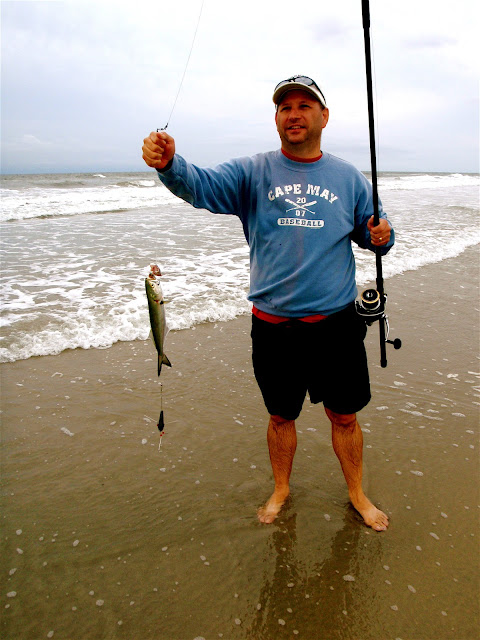Financial Planning Keeps The Power In Planners Hands, Not The Investor's
by: Brendan MageeAug. 2012
In the April/May 2012 issue of AARP Magazine, Allan Roth a financial planner, wrote an article entitled the,
The Two Faces of Your Financial Planner. His intent was to spell out how, often times, well intentioned financial planners recommend the wrong things to be doing with peoples' money. In the artice he writes, "My point is this: Bad advice is epidemic in my industry and it doesn't come from villainous fraudsters such as Bernie Madoff. "We financial planners are masters at persuading ourselves that what's in our best interests is also the moral thing to do."
He goes on to talk about what planners want from the investing public and how money is the motivating factor behind the actions that planners take in approching potential new customers. He also lists in the article "10 Ways To Get The Best Money Advice" one of which is make sure you completely understand any investment recommendations and how they fit into your strategy. He also says that you should try to explain it to a friend to see if it makes sense to them as well.
This recommendation is one of the differences between investor coaching and traditional financial planning. It brings to mind how financail planning leaves the investor dependant on the financial planner. Here is what I mean by this.
With financial planning there is eventually a recommendation to put your money in a particular investment. There might even be a solid reason as to why the planner thinks the investment will help the investor. In this situation the investor is totally dependant on the planner in coming to conclusions about where their money should go. There's not a lot of peace of mind in that arrangement.Investor Coaching is a process where the investor is no longer dependant on any one to determine how their money should be invested. Investor independance comes from asking the right questions. How does the market work and where do returns come from are a couple of those questions. Other questions include, How do you come up with mathematical measurements of how much risk in one portfolio vs. another or how can you measure the diversification of one portfolio vs. another.
When the investor gets the answers to questions like these, they can see for themselves how their money should be invested. They don't need anyone's recommendations. Also, rather than go and explain the financial planner's recommendations to a friend to see if it makes sense to them, they are going to be able to articulate clearly and concisely what it is that they are doing with their money and be able to answer any and all questions as to why they are taking that approach as to the thousands of other strategies that are ou their.
How many people can clearly explain to soemone what is being done with their money and why? The investor is in a place of power, control and peace of mind when they are not living and dying on the recommendations of planners or friends.
The difference between the Mr. Roth's position as a financial planner and mine as a coach is this. Planning is a product driven approach. Coaching is an investor driven approach. Financial planning's product driven approach keeps the power in the hands of the planner who can make the recommendations to be in the right products, not in the investor's hands. Coaching's investor driven approach works to empower the investor. By asking the right questions, the investor begins to see what they couldn't see before. Therefore the investor is now able to experience new levels of power, control, independance, and peace of mind.
With questions or comments, call Brendan Magee at 610-446-4322 or e-mail brendan@coachgee.com.


